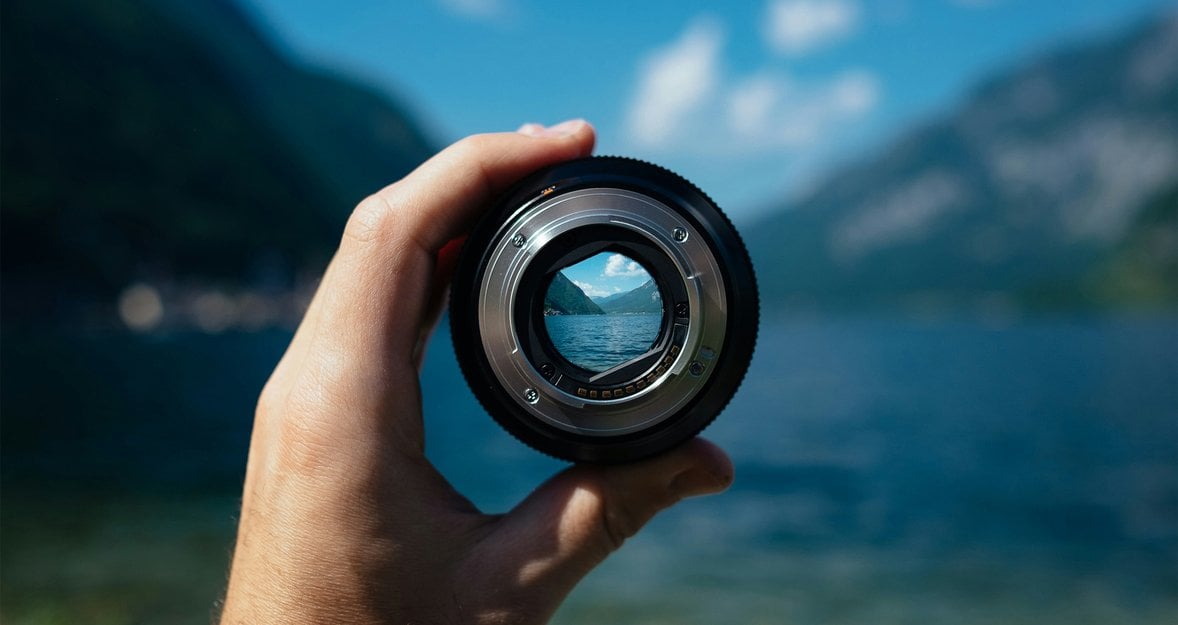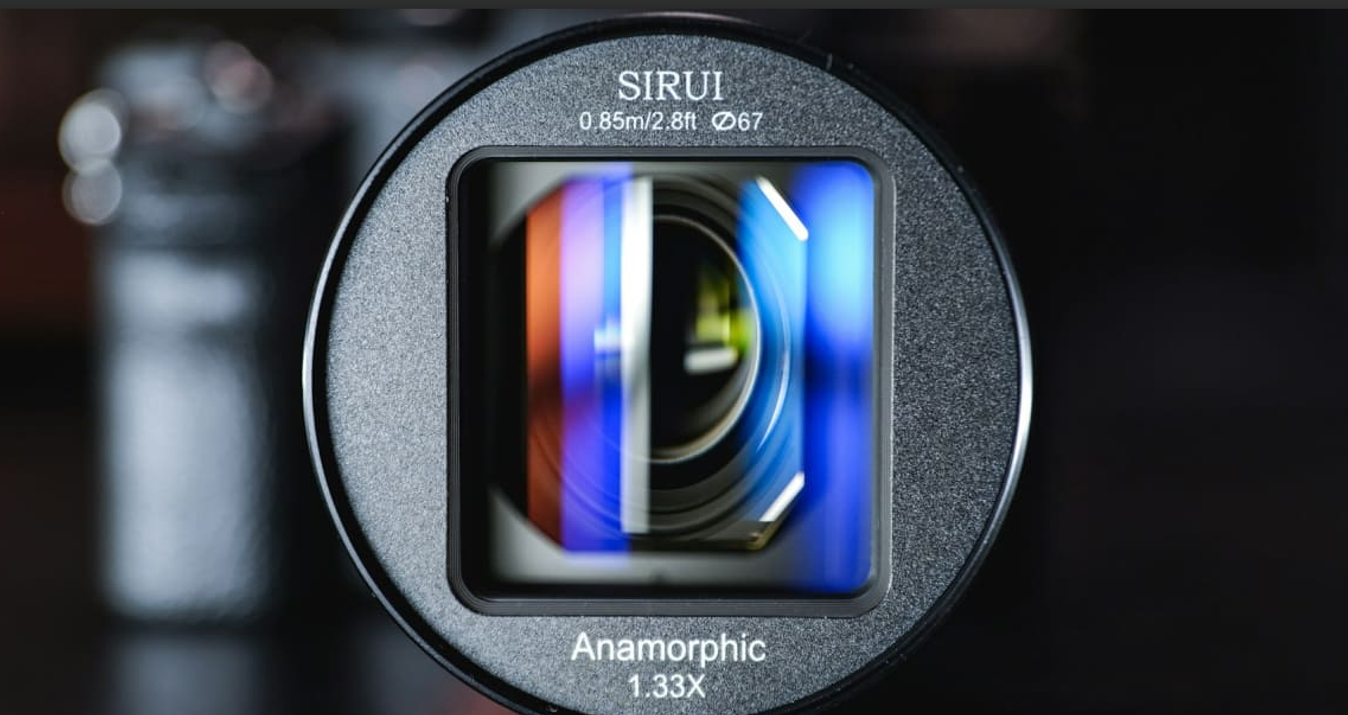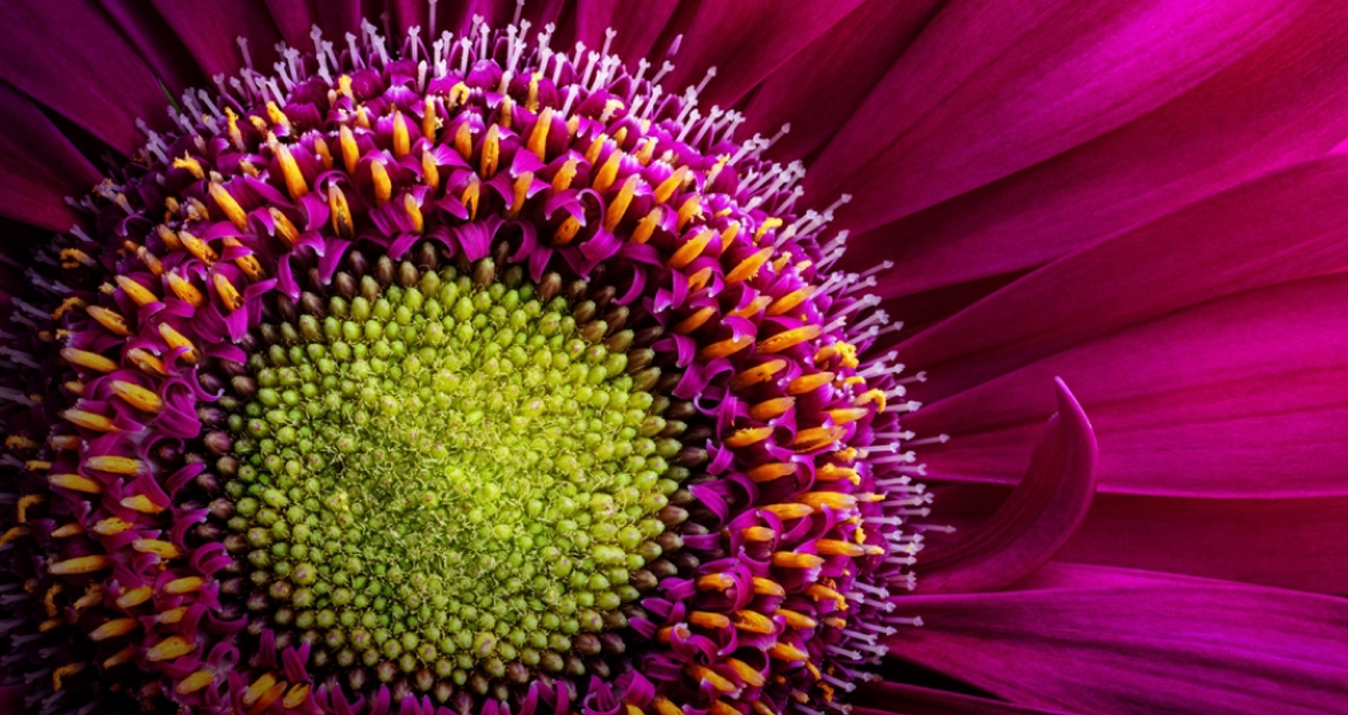Camera Focus Modes: Practical Guide To Clear Images
July 11, 2025

Still figuring out what AF and MF mean on a camera? Discover the best camera focus settings for sharp, clear images, plus practical tips for every shooting situation!
Modern-day cameras are jam-packed with technology that goes far beyond the point-and-shoot. The number of features and menu options requires a deep dive into the manual to understand your camera’s full capability. One of those menus may be a daunting list of different focus options your camera offers, which might leave you confused about which option is best for your shot.
Well, we’ve got you covered. In this camera focus tutorial, we will review each option and let you know which is best depending on the scenario. So without further ado, let’s get started!
Learn more: Best Camera Brands Ranked From Worst To Best
Types of Camera Focus Explained
From still subjects to fast-moving action, every scene calls for a different approach to focusing. This guide covers all major camera focus modes and helps you understand:
What is AF mode, and how does it work?
How does it compare to manual focusing?
When should you use each mode for better results?
You may also like: What Is Focal Length In Photography?
1. Single Autofocus (AF-S / One Shot)
 Perfect for stationary subjects such as portraits, landscapes, and still life.
Perfect for stationary subjects such as portraits, landscapes, and still life.
Single Autofocus (AF-S)—also known as Single Area AF (Nikon), One-Shot AF (Canon), or Single-shot AF (Sony)—is the most precise and beginner-friendly AF camera setting.
How it works?
When you half-press the shutter (or use a back-button focus), the camera locks focus on the subject once. The focus won’t change, even if the subject or camera moves slightly, unless you release and press the button again. In most cameras, the shutter won’t fire until proper focus is achieved, which prevents soft or blurry shots.
Your AI-Powered Photo Editor for MacOS and Windows
Discover Now!Pro tip: On Nikon cameras, try the Pinpoint AF mode (available only in AF-S) to focus on extremely fine details—ideal for macro or precise product shots. And if you're shooting portraits, enabling Eye Detection AF in this mode can dramatically increase focus accuracy on the eyes.
Pros | Cons |
Accurate, reliable focus for stationary subjects | Not suitable for tracking moving subjects |
Ideal for the focus and recompose technique | If your subject shifts, you’ll lose sharpness |
Works with AF-Assist beams in low-light situations | Limited performance in dynamic or fast-paced scenes |
Conserves battery — no constant lens adjustments | In low light, only the center focus point is reliably accurate |
Pairs well with back-button focus for better manual control | Requires “focus priority” to avoid firing before achieving sharp focus |
2. Continuous Autofocus (AF-C)
 Perfect for sports, wildlife, street, and action photography.
Perfect for sports, wildlife, street, and action photography.
Continuous Autofocus (AF-C)—also known as AI Servo AF (Canon) or Continuous AF (Sony)—is an advanced AF mode created specifically for situations where your subject is in motion. Unlike AF-S, it continuously adjusts focus while the shutter button is half-pressed or while using the back-button focus.
How it works?
The camera analyzes the subject's movement and predicts where it will be, updating focus in real time. Modern systems even use machine learning and scene recognition to improve tracking accuracy. This makes AF-C ideal for fast-paced photography where timing and flexibility are key.
Pro tip: Use back-button focus with AF-C for better control. This allows you to focus independently of the shutter button, which is crucial when tracking fast or erratic subjects.
Pros | Cons |
Tracks focus in real time as your subject moves | Consumes more battery due to constant lens adjustments |
Great for sports, wildlife, and action photography | Can lose focus if the subject moves erratically or in low light |
Works with advanced AF-area modes for accurate tracking | AF-Assist beams are disabled in this mode |
Compatible with Face/Eye Detection AF in mirrorless cameras | Focus performance depends on lens speed and subject movement |
Ideal for burst shooting and fast action sequences | Not recommended for static scenes — may "hunt" for focus unnecessarily |
3. Automatic Autofocus (AF-A)
 Perfect for street photography, portraits with dynamic posing.
Perfect for street photography, portraits with dynamic posing.
Automatic Autofocus (AF-A) — also called AI Focus AF (Canon), AF Auto (Nikon), or sometimes Continuous AF (Sony) — is designed to take the guesswork out of choosing between static and continuous focusing. This AF camera setting intelligently switches between Single AF (AF-S) and Continuous AF (AF-C) depending on whether the subject is still or moving.
How it works?
In AF-A mode, the camera analyzes the scene in real time. If it detects that the subject is stationary, it automatically switches to AF-S to lock focus. But if the subject starts to move, the system seamlessly transitions to AF-C, allowing continuous focus tracking.
This hybrid autofocus mode is especially common in entry-level cameras, where it's often set as the default because it works well in a wide variety of situations without requiring manual adjustments. However, it may occasionally misjudge movement or focus on the wrong subject. In such cases, tools like Unblur Image AI can help recover detail in slightly missed shots during post-processing.
Pro tip: While AF-A is helpful in many situations, experienced photographers often prefer manually selecting AF-S or AF-C for more precision. Still, it’s a great all-around mode when speed and simplicity are your priority.
Pros | Cons |
Automatically switches between AF-S and AF-C based on subject movement | May misinterpret movement and choose the wrong focus mode |
Great for beginners and unpredictable shooting scenarios | Slower response compared to dedicated AF-S or AF-C modes |
Requires no manual switching between AF modes | Not available on many pro-level cameras |
Useful for casual or spontaneous photography | Less reliable in complex lighting or fast motion |
4. Direct Manual Focus (DMF)
 Perfect for macro, portraiture, product photography, and shooting through obstacles (branches, doorways, etc.).
Perfect for macro, portraiture, product photography, and shooting through obstacles (branches, doorways, etc.).
Direct Manual Focus (DMF), also known as Digital Manual Focus, allows photographers to begin focusing automatically and then make manual fine-tuning adjustments without switching modes. It’s a powerful tool when you want quick focus acquisition with full control over the final sharpness.
Many photographers pair DMF shots with tools like Structure AI to enhance those fine details even further in post-processing. Structure AI intelligently boosts local contrast and definition without making the image look overprocessed.
How it works?
When you half-press the shutter, the camera first uses autofocus to lock onto the subject. While still holding the button halfway, you can manually rotate the focus ring to fine-tune the focus exactly where you want it, perfect for situations where the camera gets close, but not quite perfect.
Pro tip: When using DMF in low light or with shallow depth of field, zoom in digitally (using focus magnification) while fine-tuning the focus ring. This gives you much greater precision than relying on the standard view — especially when shooting eyes in portraits or details in product shots.
Pros | Cons |
Combines autofocus speed with manual accuracy | Not available on all camera models |
Ideal for fine-tuning focus in tricky lighting | Relies on autofocus to work at least partially first |
Saves time compared to switching fully to manual focus | Slower than direct AF-S/AF-C in fast-paced shooting |
Gives the photographer full control over precision | Not effective when autofocus fails completely |
5. Manual Focus (MF)
 Perfect for macro, precise studio work (product photography, portraits, etc.), and astrophotography.
Perfect for macro, precise studio work (product photography, portraits, etc.), and astrophotography.
Manual Focus (MF) is a focus mode in which the photographer adjusts the lens focus ring by hand to achieve the desired sharpness. Before autofocus became standard, MF was the only way to focus — and it remains essential in many creative and technical scenarios today.
It’s especially useful in macro or product photography, where even the smallest shift in focus matters. In these cases, photographers often combine MF with techniques like focus stacking to extend depth of field and ensure edge-to-edge sharpness.
So, now we know the answer to the question, “What is manual focus on a camera?” To activate manual focus, simply switch your lens or camera to "MF" mode and use the focus ring to bring your subject into sharp detail.
Pro Tip: For accurate manual focus, especially in low light or with shallow depth of field, enable focus magnification and focus peaking (if your camera supports it). Zooming in and highlighting sharp areas will dramatically improve your accuracy, more than using the viewfinder or screen alone.
Pros | Cons |
Reliable in low-light or low-contrast conditions | Slower than autofocus, especially for moving subjects |
Gives full creative control over focus | Can be difficult for beginners |
Essential for macro, astro, and precise landscape photography | Not ideal for fast-paced or dynamic scenes |
Works through obstacles like fences or glass | Less convenient compared to modern AF systems |
Can save battery power (no motor use) | Requires a learning curve and good visibility |
6. Face/Eye Detection Autofocus
 Perfect for portraits, weddings, close-up people shots (street, sports, etc.).
Perfect for portraits, weddings, close-up people shots (street, sports, etc.).
Face/Eye Detection Autofocus is an intelligent AF mode found in many modern digital cameras. It automatically detects human (and in some cases, animal) faces or eyes in the frame and adjusts focus precisely to them.
Some systems, like Sony’s Eye AF, are powered by AI and machine learning, enabling accurate tracking even when the subject is wearing glasses, looking away, or moving rapidly.
How it works?
When enabled, the camera continuously scans the frame for recognizable facial features or eyes. Once detected, it locks focus on the nearest eye — often with priority to the one closest to the camera. If the subject moves, the system tracks their face or eye in real time, maintaining sharp focus throughout. Some advanced cameras even allow manual eye selection using a joystick or touch input.
Exclusive Tools of Endless Possibilities in One AI Editor
Explore Now!Pro Tip: For the best results in dynamic portrait sessions, enable Eye Detection AF + AF-C + Auto-Area AF. This trio allows your camera to automatically detect and track eyes in motion, keeping your subject sharp even as they move or turn their head.
Pros | Cons |
Extremely accurate focus on the eye — perfect for portraits | May not be available on entry-level or older DSLR cameras |
Reliable subject tracking, even with movement or glasses | On some DSLRs, only works in AF-S mode (e.g. Nikon + Group-Area AF) |
Supports detection of animal eyes (birds, pets, wildlife) | May not always detect the correct face in complex scenes |
Can focus through partial obstructions (e.g. leaves, branches) | Performance can vary depending on lighting or subject angle |
Uses AI for faster, smarter subject recognition | Not all brands offer the same level of tracking accuracy |
The Bottom Line
Hopefully, the next time you open your camera's focus menu, options such as AF-S, AF-C, and DMF will make a little more sense, and you'll know exactly which mode to choose depending on your scenario. Broadly speaking, if your subject is stationary, choose AF-S, and if your subject is moving, select AF-C. For more nuanced or specialised situations, AF-A and manual options can help you capture tack-sharp shots you'll be proud to display in your portfolio. Good luck with your next shoot!





